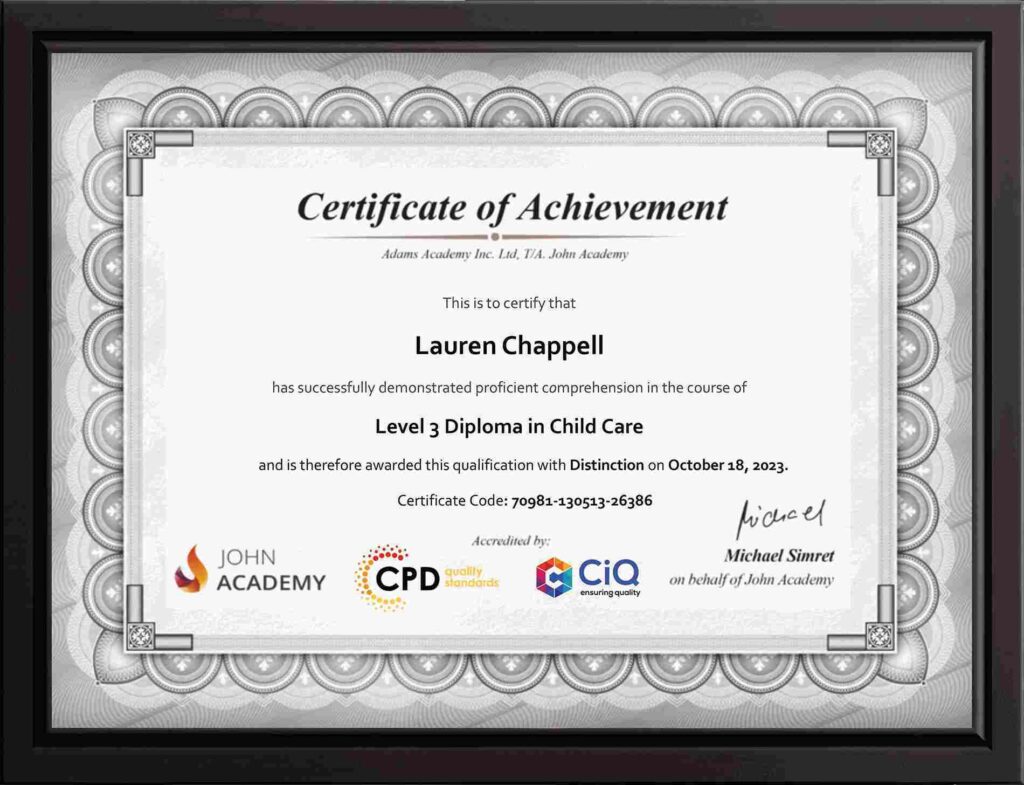
Seven Technologies for Small Businesses to Improve Workflow and Propel Customer Service
Sooner or later, every small business understands that business goals require more than just Excel spreadsheets and business email. Effective
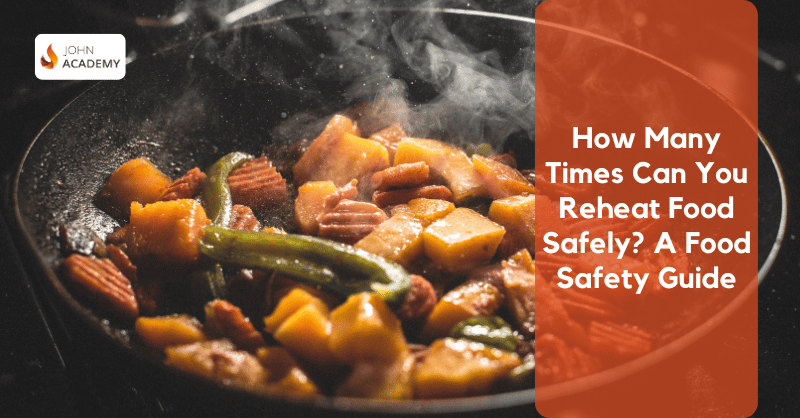
Reheating food is a very common practice. Almost every household reheats the leftovers. It is the best way to avoid food waste. It also saves you from the hassle of cooking. However, did you ever think that reheating food is safe? Or how many times can you reheat food safely?
Are you looking for these answers? If yes, you are in the right place. This blog will explain the essentials of reheating food safely. So stay tuned!
Yes, it is true that not all bacteria cause damage to the human body. For example, the probiotics in yoghurt. However, there are many bacteria that can grow in food and cause many foodborne illnesses. Harmful pathogens such as E. coli, Salmonella, and Listeria can survive in cooked food. They can cause food poisoning. As a result, you can suffer from gastrointestinal distress, vomiting, diarrhoea and even death.
Reheating food properly also has a connection with the taste and quality. It is true that food loses a bit of its original taste every time you eat it. But will you enjoy eating a bowl of noodles that is half cold? That’s why you must reheat the food properly to enjoy it.
Food tastes best, and it’s the safest when it is freshly cooked. But it’s not very convenient all the time. And ordering in can be quite expensive. So, the next best option is reheating the leftovers.
How many times you can reheat food safely depends on a few factors, such as the following –
The general guideline suggests reheating the food once.
However, you can reheat the food several times. For that, you must follow the proper procedures. But remember, every time you reheat the food, the taste and quality will deteriorate.
Make sure the food is steaming hot when you reheat. Because only then the bacteria will die, and you will know it is safe to eat.
As long as you follow the rules, there is no restriction on reheating any kind of food. But you must be careful while reheating food items like rice, meat, and seafood. Because they can sustain bacteria even after cooking and reheating.
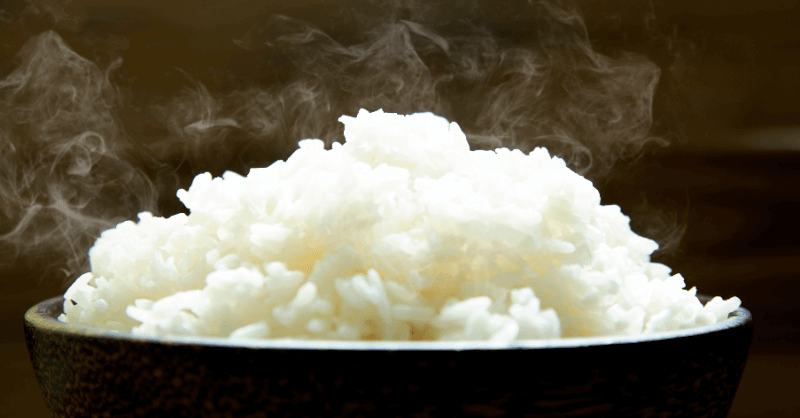
Now you know how many times can you reheat food safely. But is it safe to reheat all types of food?
Even though you can reheat almost all cooked meals, there are a few food items you should avoid reheating; these are –
As explained earlier, rice can contain bacteria that can cause illnesses. So, it is better to avoid reheating rice, especially takeaways.
If potatoes are left at room temperature, they can become the breeding ground for Clostridium botulinum. It is a bacterium with dangerous toxins.
Sometimes, reheating mushrooms can grow bacteria instead of killing them. Therefore, it is suggested to avoid reheating mushrooms.
Seafood can change its taste when reheated. Especially, shellfish change its texture and become unpleasant to eat when you reheat it.
Like seafood, heating eggs also change their taste and flavour. Therefore, when you cook eggs, make sure it is the right amount, and you don’t have to worry about leftovers.
Spinach and other leafy greens contain nitrate, which is safe. However, this nitrate can turn into harmful nitrites after reheating.
Reheating food properly is mandatory for ensuring health and safety. In this process, both cooling and reheating play a part. So, first, let’s know the right ways to reheat food.
The first mistake people make is waiting too long for the food to cool down. But you should cool the food to around 90° F or 100° F as soon as possible. For cooling food quickly, you can separate them into different containers. It is also important to use shallow containers for keeping the food, as deep ones may trap heat inside and spoil the food.
In order to cool the food, you can also sink the container in cold water. Food stirring occasionally also helps distribute the heat and accelerates the cooling process. You can use an instant thermometer to check whether your food is ready to store.
You can put the food in the refrigerator once the food has cooled down. Ensure the food is around 40° F when you put it in the refrigerator. In addition, check the lid is tightly closed and don’t overload your refrigerator.
For heating the food, you can use the microwave or an oven. Some people also use a saucepan to heat gravy-type food. No matter what method you choose, you must ensure the food is heated for at least 20 seconds at 165° F. At this temperature, all the bacteria and germs get killed. So, it is vital that the food reaches this temperature.
If you are using a pan, add some oil or butter to avoid the food sticking to the pan. In addition, stir the food to make sure all the food gets evenly heated.
Heating in the microwave may leave some parts of the food cold. So, you have to mix the food midway through the heating process. And check if the container is microwave-proof before putting the food in the microwave.
The process of reheating home-cooked meal and takeaways are not the same. Here is how you should reheat cooked meals and takeaways.
Reheating home-cooked meals is comparatively safer than reheating takeaways. Because you know how the food was cooked and what ingredients were used. So, when the food is home-cooked, you will know the best way to reheat it.
For home-cooked meals, the best tip is to separate the food before storing it. This way, each portion will only be reheated once. Moreover, you must keep in mind that the food is steaming hot throughout to ensure all the bacteria are killed.
The problem with reheating takeaways is you don’t know if they were cooked properly at the right temperature. On top of that, you never know if the food they served was already reheated. Thus, it is best to finish the food instead of keeping leftovers.
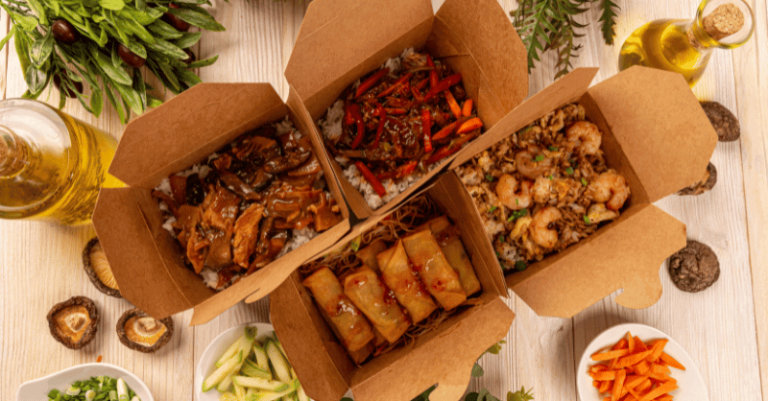
While you reheat your takeaways, ensure the temperature reaches 165° F and stays there for at least 20 seconds. You must pay extra attention to rice. Because rice can contain Bacillus Cereus spores. This is a deadly bacteria that can survive the cooking and reheating process.
And remember to shift the food in a different container with a tight lid before you stick it in the refrigerator. Leaving it in the box will increase the chances of contamination. It will also change the taste of the food. Also, keeping the food in the box can cause contamination to other food in the fridge. That’s why it’s important to use containers with lids to store food in the refrigerator.
To ensure safety, heating the food for a few minutes in the oven is not enough. There are a few more things you should consider. Here is a brief guide on safely reheating food in the oven.
Food is vital for sustaining life. But the same food can put us at risk. That’s why we need to pay attention while cooking and reheating food. If you don’t, many serious consequences can occur, such as:
You can suffer from food poisoning if you eat food that is not reheated. Food poisoning can cause nausea, vomiting, diarrhoea, abdominal pain, fever, and other unpleasant symptoms. Children, pregnant women and people with weak immune systems are at high risk.
Cross-contamination can occur if you do not reheat food properly. The bacteria from the leftover can contaminate other food, kitchen surfaces, tools, and utensils when they come in contact with the food.
The bacteria multiplies when food is not properly reheated. Which results in spoilage. Hence, you will get bad odour from the food and see discolourations.
The taste and texture of the food can change if not reheated properly. This can ruin your palate and appetite. As a result, people end up throwing their food away. But if you heat it properly, the original taste may not come, but the flavours stay good. So, instead of wasting food, you could enjoy it by reheating properly.
Once the food has gone bad there is no going back. But how to find out if your food is spoiled or not? There are some easy signs that will tell if you can eat the food or not.
Always trust your sense of smell when it comes to food. Dunk the food in the bin if you find any off-putting small on your food.
Nothing can be as clear a sign as visible mould growth. If you see any mould or discolouration of the food, throw it ASAP!
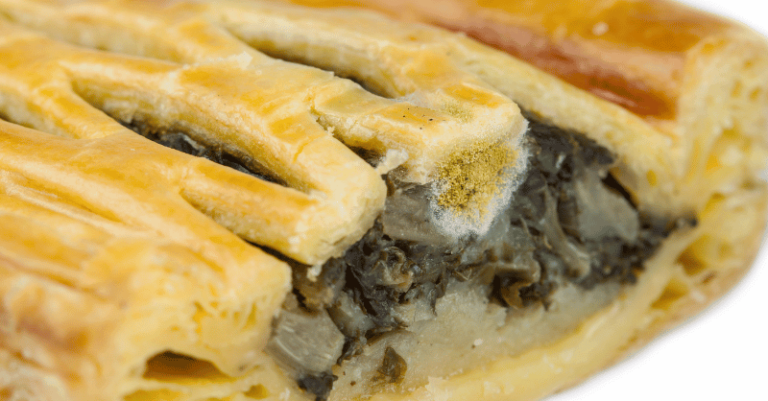
If the cooked food changes its texture, it may be spoiled. You will notice that the food either became slimy or too dry.
When you taste cooked food, which has a foul, bitter or sour taste, it’s spoiled and harmful microorganisms are growing.
Sometimes, when the food is spoiled, it produces gas and causes the container to bloat. Moreover, some food may get a fizzy or bubbling effect when you open the container. This is also a clear indication that the food has gone bad.
If you want an enhanced understanding of food spoilage and prevention, you can check out the Food Hygiene and Safety Level 3. It will provide valuable insights into food safety and help you prevent food spoilage.
Yes, you can reheat chicken. No matter what method you choose, just ensure it reaches the ideal temperature, 165°F.
It is better not to reheat takeaways, as you don’t know the way the food was cooked or if it’s already reheated. However, if you want, you can reheat takeaways.
The perfect temperature for heating cooked meals is 165°F. It is important to maintain this temperature for at least 20 seconds.
To check if your leftovers are spoiled or not, look for these signs.
There are many misconceptions and common mistakes when it comes to reheating food. However, we hope this ‘How Many Times Can You Reheat Food Safely? A Food Safety Guide’ was successful in eradicating all the confusion you had about reheating leftovers. So, from now on, apply the strategies you learned and ensure food safety for yourself and your loved ones.

Sooner or later, every small business understands that business goals require more than just Excel spreadsheets and business email. Effective

Companies and organizations across different sectors have recently adopted digital business operations. And with the current trends, more businesses embrace

Are you a university student overwhelmed by the mountain of assignments looming over you? Fret not! In this guide, we’ll

Cooking frozen food is not only a great time saver but an excellent way to minimise food waste while indulging

In recent years, the allure of photography as both a hobby and a professional endeavour has surged remarkably. For many,

Master Public Speaking: 8 Tips for Introverted Students Glossophobia is a common enough issue. Most people fear standing and speaking
No more than 50 active courses at any one time. Membership renews after 12 months. Cancel anytime from your account. Certain courses are not included. Can't be used in conjunction with any other offer.
